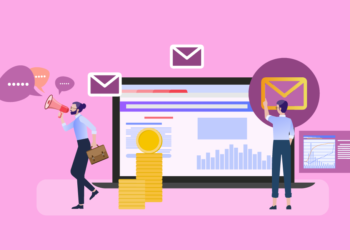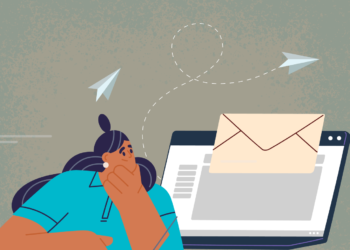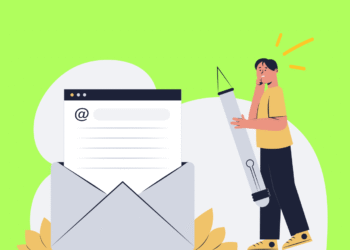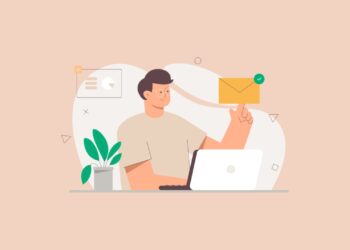I used to dread writing upgrade emails.
I’d sit there, trying to squeeze excitement and urgency into five sentences without sounding pushy—or worse, desperate. One time I sent an upgrade email that read like a ransom note: “Upgrade now or lose access.” Yeah, that didn’t go over well.
Then I learned: SaaS upgrade emails aren’t about pressure—they’re about timing, relevance, and value.
If you’re struggling to get users to upgrade from free to paid, or from one plan to another, let me walk you through what’s worked for me—and what definitely hasn’t.
Start With the “Why Now?”
When I first started sending upgrade emails, I made a huge mistake: I focused on features. “Unlock unlimited storage!” “Get advanced analytics!” But my users didn’t care. They wanted to know: Why should I upgrade now?
That’s when I started writing emails that centered on use cases instead. Like:
-
“Need to manage more than 10 projects? Here’s how our Pro users stay organized.”
-
“You’ve hit 90% of your usage limit—don’t let your work get interrupted.”
Adding that little nudge based on user behavior made my emails feel more like a helpful heads-up and less like a sales pitch.
Make It Personal, Not Generic
There was a time I used the same upgrade email for everyone. Big mistake. Free users, power users, barely-active accounts—they all got the same copy. Unsurprisingly, conversions were trash.
Once I started segmenting based on activity (like how many features they’d used, what they clicked on, or their current plan), things improved. For example:
-
New users got a soft introduction to paid features.
-
Power users got performance-based nudges: “You’ve outgrown your current plan.”
-
Inactive users got reactivation + upgrade combos: “We’ll help you get started—plus unlock 20% off Pro.”
It’s extra work upfront, but worth it.
Write Like a Human, Not a Bot
Let’s be real—nobody wants another stiff “Dear valued user” email.
Here’s a version that bombed for me:
“Our team is pleased to announce the launch of our upgraded plan, featuring enhanced capabilities for your growing business needs.”
Boring. Vague. And who even talks like that?
Now I keep it conversational:
“Looks like you’re doing awesome things with [ToolName]. Ready to take it to the next level? Our Pro plan unlocks everything you need—faster workflows, advanced tools, and unlimited projects.”
Talk like you’d explain it to a friend over coffee. That shift alone made a big difference in how many people clicked through.
Don’t Bury the CTA (Seriously)
Another rookie mistake? Hiding the upgrade button below a wall of text. People don’t scroll, especially in email. Your CTA needs to be visible early and often. I aim for:
-
One above the fold
-
One after the benefit list
-
And one at the end
Also, “Upgrade Now” works… okay. But “Unlock Pro Tools” or “Level Up Your Account” gets more curiosity clicks in my tests.
Use Scarcity (But Honestly)
I’ve played around with countdown timers and “only 24 hours left” language, and yeah—it works, if it’s legit. Fake urgency? Your audience will see right through it.
One time I offered a real-time discount for annual upgrades that ended in 3 days. That email doubled my normal upgrade rate. Why? It gave people a reason to act now without sounding like a gimmick.
If you do use scarcity, make sure it’s real. And say so.
Track, Test, and Keep Tinkering
The first few upgrade emails I wrote had a 2% click rate and maybe 0.3% conversions. Painful.
But after testing different:
-
Subject lines (“Your free plan’s not holding you back—yet” worked great)
-
CTAs
-
Benefit framing
-
Offer timing (like right after they hit a usage limit)
I eventually got to around 6–8% click-through and 2% conversions. Not huge numbers, but for SaaS? That’s solid growth from one email sequence.
TL;DR – My Go-To Upgrade Email Formula
-
Subject line: Tease a benefit or call out usage.
-
Opening line: Show appreciation or progress.
-
Main value prop: What problem does upgrading solve?
-
Benefits: Bulleted list, easy to skim.
-
CTA: Big, bold, obvious. Repeat it.
-
Optional: Include a testimonial or offer (discount, trial extension).
Conclusion
Look, upgrade emails are tricky. You’re asking people to pay more, which always feels risky. But when you frame it as a helpful next step—and back it up with timing, value, and clear benefits—people listen.
And yeah, I’ve written some duds. But I’ve also written upgrade emails that turned free lurkers into loyal subscribers. You don’t need a fancy funnel or expensive tool—you just need a message that hits the right person at the right time with the right reason.








